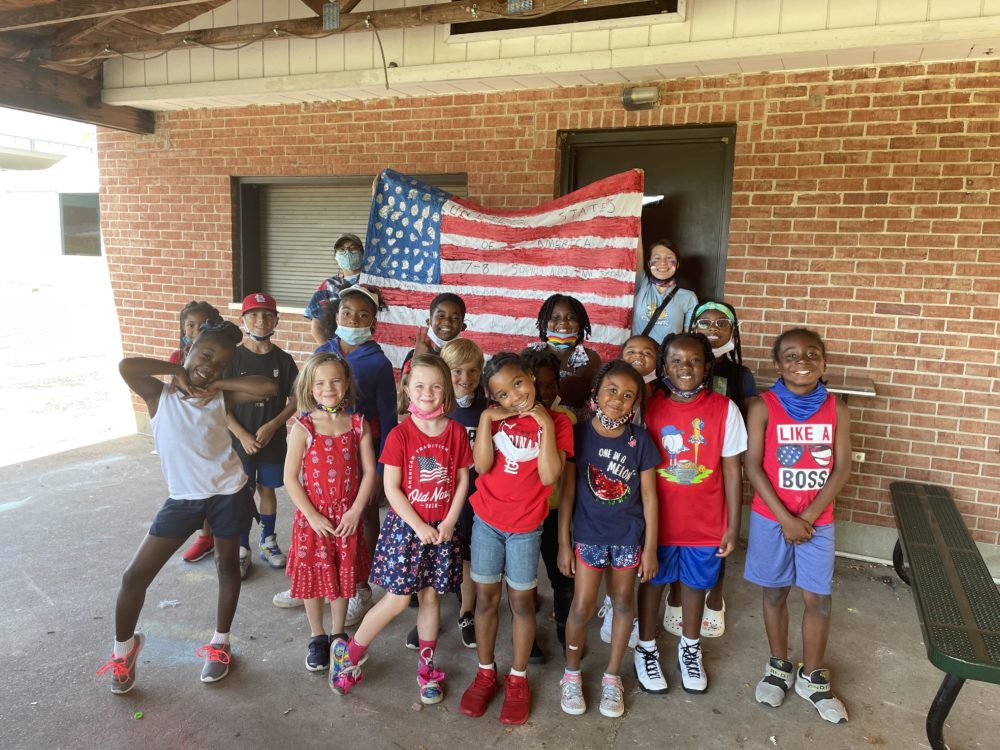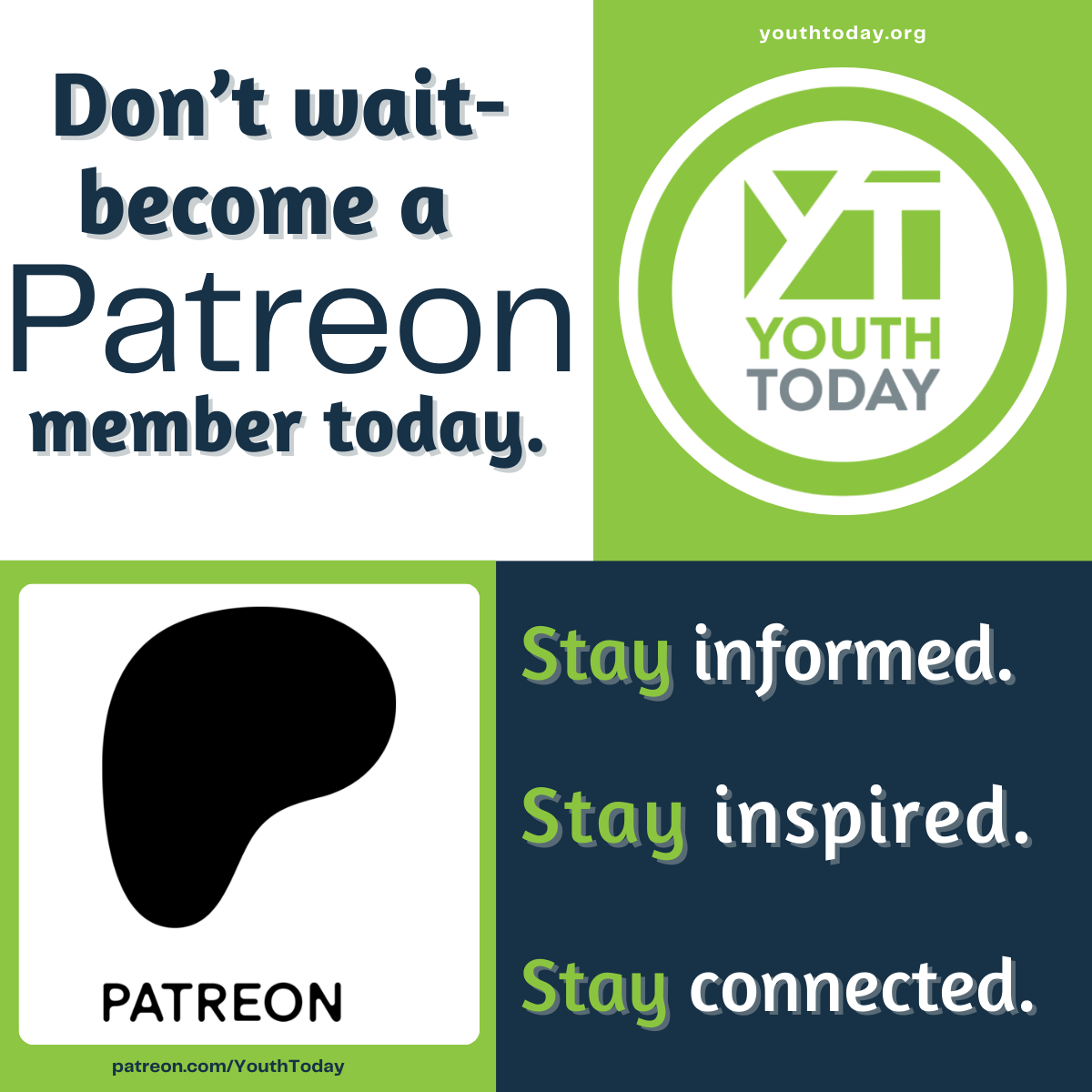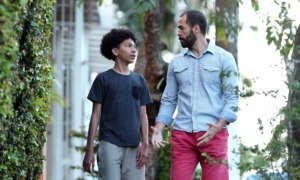When Virginia Clinton-Lisell received word in February that the summer day program where she had planned for her 9-year-old daughter, Katie, was no longer happening, she scrambled to find an alternative — only to discover that, even months out, she was already too late.
Katie, who has special needs, has been attending the same summer program for years. It’s run by her former preschool, and the staff know her well. Recently, though, several staff members have left to pursue careers outside of early childhood education. Eventually, there simply weren’t enough people left to support a summer program.
 Finding a new program proved difficult, though. Many of the summer learning opportunities near Clinton-Lisell’s home in East Grand Forks, Minnesota, aren’t available to neurodivergent children like Katie.
Finding a new program proved difficult, though. Many of the summer learning opportunities near Clinton-Lisell’s home in East Grand Forks, Minnesota, aren’t available to neurodivergent children like Katie.
“She needs a lot of enrichment and a lot of patience and finding that combination can be very challenging,” Clinton-Lisell said. “She just gets bored very easily.”
When Clinton-Lisell finally managed to locate a program that could accommodate Katie, it was already full with a waitlist. Hoping to get a jump start on next year, she asked the program staff if she could go ahead and register Katie for summer 2022. That, too, had a waitlist.

(Courtesy of Virginia Clinton-Lisell)
Virginia Clinton-Lisell’s daughters Katie, 9, on the right, and Lexi, 4, on the left. Clinton-Lisell struggled to find a summer program for Katie.
Although most summer learning programs are physically open this year, demand for summer enrichment has greatly outpaced resources and manpower, according to a recent national study conducted by the Afterschool Alliance.
“It doesn’t even come close,” said Jodi Grant, the alliance’s executive director.
That lack of resources has forced program operators to limit the number of children they can serve, leaving parents and caregivers fighting to secure precious few spots. Even though just two percent of summer learning programs are closed, the Afterschool Alliance reports that 52% of summer programs have had waitlists this year, compared to only 40% last year.
A big part of the problem is staffing. In a field where many jobs are part-time, pay minimum wage and lack benefits, recruitment and retention can be challenging, Grant said. More than half of program operators say they’re concerned about their ability to hire enough staff, according to the organization’s report.
The Ferguson, Missouri Parks & Recreation Department typically serves about 50 children across its two 10-week summer day camps, but this year, it only had two people signed up to work as camp counselors.
Most of the city’s camp counselors are high school or college students, said Katelyn Haniford, who runs the camps. The city only pays minimum wage, though, and can’t compete with local retailers like Target and Amazon, which start their employees at much higher hourly wages.
“That really kind of throws a wrench in the programming,” Haniford said.
The community in Ferguson relies on the day camp for summer childcare, Haniford said, so canceling altogether wasn’t an option. Instead, the department opted to cancel its teen camp and compensate for the lost programming by increasing the age limit for its younger campers to 13.
Although new staff members trickled in after Haniford put out a plea for help on Facebook, the camp remained short-handed, which meant counselors didn’t have much breathing room to plan activities. Ultimately, the camp was able to increase its camper count to about 70, but between eight and 15 kids remained on the waitlist at any given time.
Still, even as costs rise for programs and program operators express high levels of concern over their ability to meet the needs of children and families, they also express high levels of optimism.
For Grant, the executive director of the Afterschool Alliance, the American Rescue Plan, the massive COVID-19 relief package passed by Congress in March, represents an encouraging policy change.
The plan allocated $30 billion to support out-of-school learning, including $1.22 billion earmarked for summer enrichment. Given that federal funding for out-of-school programs has been fairly stagnant over the last several years, Grant said, the package is an important indicator that the government is recognizing the role the out-of-school time field has played in supporting children and families through the pandemic. Now the task is to continue the momentum, she said.
“It’s really imperative that we do everything we can to convince the decision-makers, which are the state education agencies in the local education agencies, to be funding holistic programs that have partnerships between schools and community community-based organizations that work with kids,” Grant said.
Correction: An earlier version of this article included an incorrect amount allocated to out-of-school learning by the American Rescue Plan. The article has been updated with the correct amount.






























